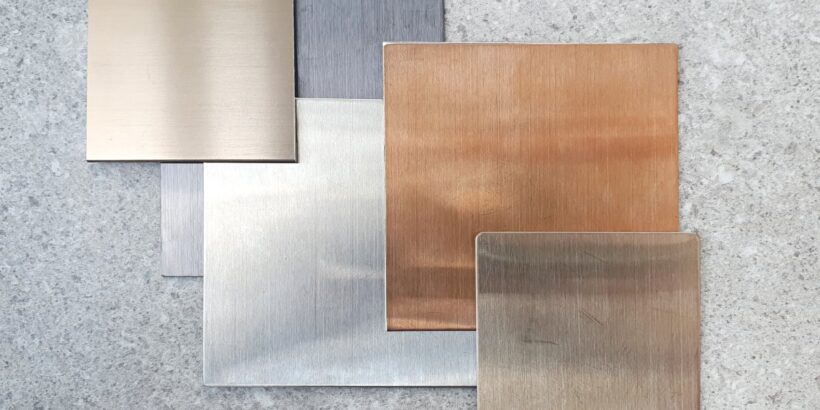Selecting the right coating for an aluminum project is a crucial decision that affects many aspects of a final product. Making an informed choice requires a clear understanding of the different coating types available and how their unique properties align with your project’s specific needs. This guide will walk you through the key considerations to help you select the ideal aluminum coating for your project.
Match the Coating to Your Requirements
The first step is to identify the primary goal of the coating. Anodizing is an excellent choice for projects that require superior corrosion resistance and a long-lasting decorative finish, making it ideal for outdoor furniture or architectural components. If your priority is achieving a specific color with a smooth, uniform look, powder coating offers a vast spectrum of vibrant, durable, and eco-friendly options.
For projects with complex shapes or those demanding a high-gloss, premium finish, liquid coating provides excellent coverage and aesthetic appeal. When the application involves high heat or requires extreme durability, such as for engine parts or industrial equipment, a ceramic coating is the best solution due to its exceptional resistance to heat and wear.
Consider Your Brand’s Image
The finish on a product is a direct reflection of your brand. A coating does more than protect; it communicates quality and intent. The color, texture, and gloss level all contribute to the final look and feel. A sleek, high-gloss liquid coat may convey a sense of modern luxury, while a textured powder coat might suggest ruggedness and durability. That’s why you need to understand the difference between anodizing and powder coating when coloring an aluminum sheet.
Above all else, be sure to consider how the finish aligns with your brand’s identity and the message you want to send to your customers. A well-chosen coating can elevate a product’s perceived value and strengthen brand recognition.
Factor in Application and Maintenance
The application process itself is something worth considering when choosing an aluminum coating for a project. Powder and ceramic coatings often require specialized equipment and facilities, which can affect project timelines and costs. In contrast, liquid paints might offer more flexibility. Proper surface preparation, including cleaning and priming, is essential for any coating to ensure optimal adhesion and prevent premature failure.
While application is a one-time thing, maintenance is forever, so don’t overlook it. Anodizing is a low-maintenance option known for its long-term durability, requiring little more than periodic cleaning. Other coatings might need occasional touch-ups or even reapplication over time, especially if exposed to harsh conditions.
Balance Your Budget with Longevity
Finally, you must weigh the initial investment against the long-term value. While powder and ceramic coatings can have higher upfront costs, their durability often translates to savings on maintenance and replacement down the line. Anodizing, though sometimes more expensive initially, provides a finish that can last for decades.
Assess the intended lifespan of your project to determine whether a higher initial cost for a more durable coating is a worthwhile investment. This will also affect how often you need to refinish and maintain your chosen coating. As long as you balance your budget with the need for longevity, you’ll be able to make a cost-effective choice that stands the test of time.
